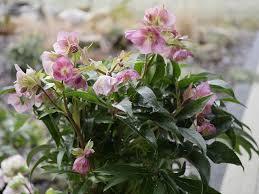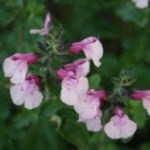Planting with Purpose
Our team has planted a carefully selected range of pollinator-friendly species designed to provide food, shelter, and seasonal support for bees and other insects. These include:
Berberis darwinii (Darwin’s barberry),Erica × darleyensis,Pieris japonica ‘Cavatine’,Enkianthus campanulatus (Redvein enkianthus),Lavandula × intermedia (Lavandin),Rosmarinus officinalis (Rosemary),Thymus species (Thyme),Erysimum ‘Bowles’s Mauve’,Aster ageratoides ‘Starshine’,Salvia greggii ‘Dancing Dolls’,Helenium ‘Moerheim Beauty’,Succisa pratensis,Helleborus ‘Dacaya’,Mahonia aquifolium ‘Atropurpurea’,Galanthus nivalis (Snowdrop),Salix gracilistyla ‘Mount Aso’



These plantings are more than decorative—they’re purposeful. Each species has been chosen to support pollinators throughout the year, offering nectar, pollen, and shelter across the seasons.
A European Movement for Nature
This local action aligns with broader European goals. The Nature Restoration Law (NRL)—a central piece of the EU Green Deal and the EU 2030 Biodiversity Strategy—calls out the urgent need to reverse pollinator decline. We’re proud to echo the goals of the New Deal for Pollinators (January 2023), a key framework within the EU strategy that recognises the essential role pollinators play in food systems, biodiversity, and climate resilience.
Why It Matters
Pollinators like bees, butterflies, and hoverflies are under threat from habitat loss, pollution, and climate change. Without them, natural ecosystems and food production face serious risk. By participating in the All-Ireland Pollinator Plan and making space for these vital creatures, we’re doing our part to build a healthier, more sustainable future.
We invite our clients, colleagues, and community to join us—because helping pollinators helps everyone.






